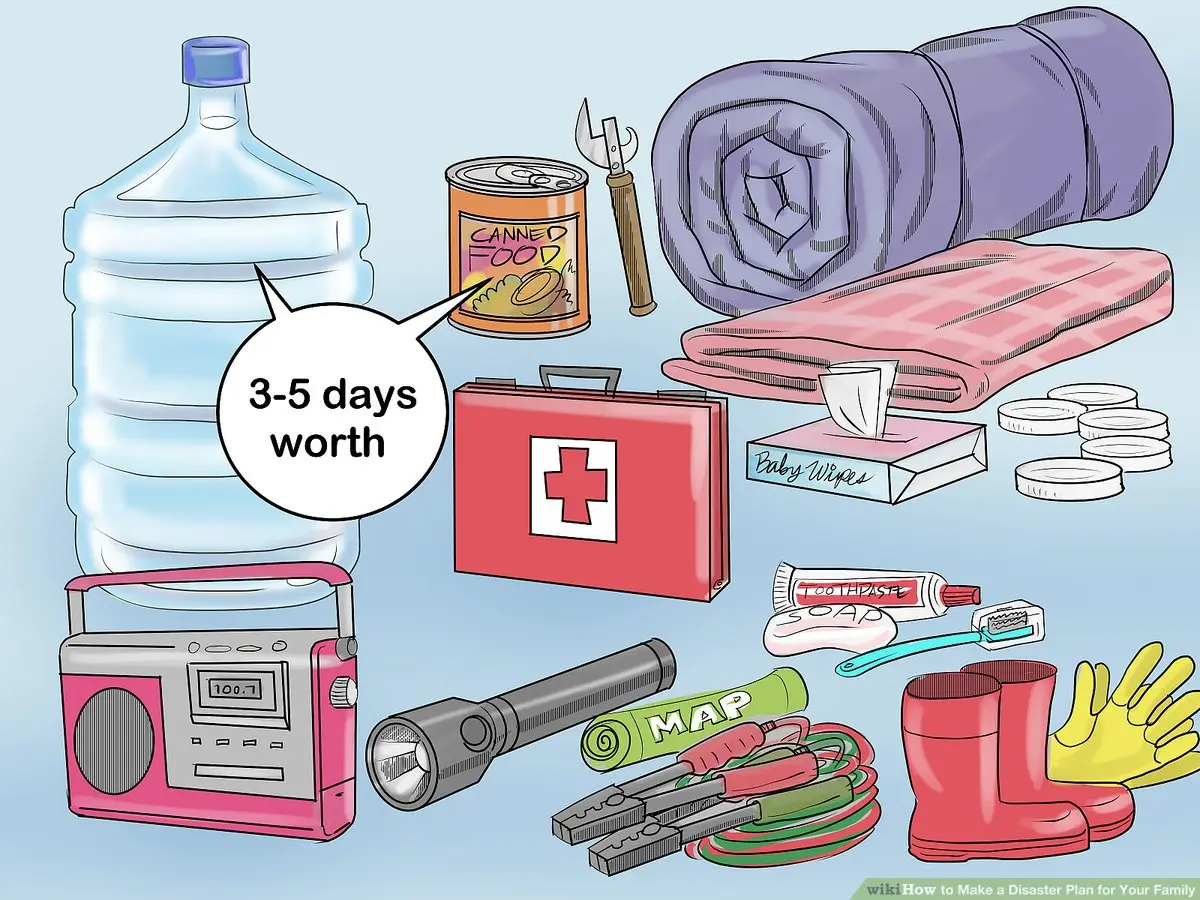Emergencies never show up when it’s convenient. Whether it’s a power outage, a natural disaster, or a house fire, having a plan can be the difference between calm and chaos.
But let’s be honest. Most families know they should have an emergency plan, but they never actually sit down and make one. Or they do, and it ends up in a drawer somewhere, forgotten and unused.
Here’s how to create an emergency plan that’s simple, practical, and something your family will actually follow when it matters most.
1. Start with a Family Meeting
Pick a time when everyone is home and can focus. Keep it casual but serious. Explain why it’s important to have a plan and what types of emergencies you’re preparing for. These might include:
- House fires
- Earthquakes or severe storms
- Power outages
- Medical emergencies
- Getting separated in public
If you or your neighbors have ever dealt with something like fire damage, it makes the conversation more real. Many families have experienced fire damage Idaho Falls from kitchen accidents, lightning strikes, or electrical issues. These events happen quickly and leave very little time to react.
2. Create a Simple Escape Plan
Walk through your home together and figure out two ways to exit every room. One will likely be the door. The other might be a window. Make sure kids know how to open windows and where to go once they’re outside.
Pick a safe meeting spot outside. This should be far enough from the house to avoid danger, but close enough that even younger children can get there quickly. A neighbor’s driveway or a specific tree can work well.
Practice this plan twice a year. Yes, it might feel silly at first. But muscle memory is powerful, especially for children in stressful situations.
3. Decide How to Communicate
In some emergencies, you may get separated or cell service might be down. Decide in advance how you will contact each other.
Choose an out-of-town emergency contact. This could be a family member or friend who everyone can call if local communication is disrupted. Write their name and phone number down and keep it in your emergency kits and phone contacts.
Also, teach kids how and when to call 911. Practice what information they need to give, like your address and the nature of the emergency.
4. Build Emergency Kits
Each person should have a basic emergency kit. You can store these in backpacks or plastic containers. At a minimum, your kit should include:
- Water (one gallon per person per day for 3 days)
- Non-perishable food and a can opener
- Flashlights and extra batteries
- A first aid kit
- Important documents (copies of ID, insurance, etc.)
- A list of emergency contacts
- Phone chargers or power banks
Don’t forget medications, pet supplies, and extra clothing.
Place kits somewhere easy to grab, like a hall closet or garage shelf.
5. Plan for Special Situations
Every family is different. Consider any special needs or unique challenges you may have. For example:
- If you have infants or toddlers, stock baby supplies in your kit
- If you care for an elderly parent, make sure their medications and mobility needs are covered
- If a family member has limited mobility, think through how you will evacuate quickly
Include pets in your emergency plan. Know where you can take them in case you need to leave your home.
6. Keep It Updated
Life changes fast. Review your plan every six months and update anything that has changed. That includes:
- Phone numbers
- Emergency contacts
- New medications or allergies
- New addresses or meeting places
Use daylight savings time as a reminder to check your plan and replace old supplies.
Why This Matters
It’s easy to think “It won’t happen to us.” But the truth is, emergencies happen all the time. Fire damage, for example, affects thousands of families each year. In places like Idaho Falls, where the seasons bring extreme temperatures and unpredictable weather, having a plan isn’t just smart, it’s necessary.
And when disaster strikes, the last thing you want is to be figuring things out on the fly.
Stay Safe, Stay Cautious
An emergency plan doesn’t have to be fancy or complicated. It just needs to exist. The more you prepare now, the better you’ll feel later. Gather your family, make a plan, and practice it. A little time today could save lives tomorrow.
